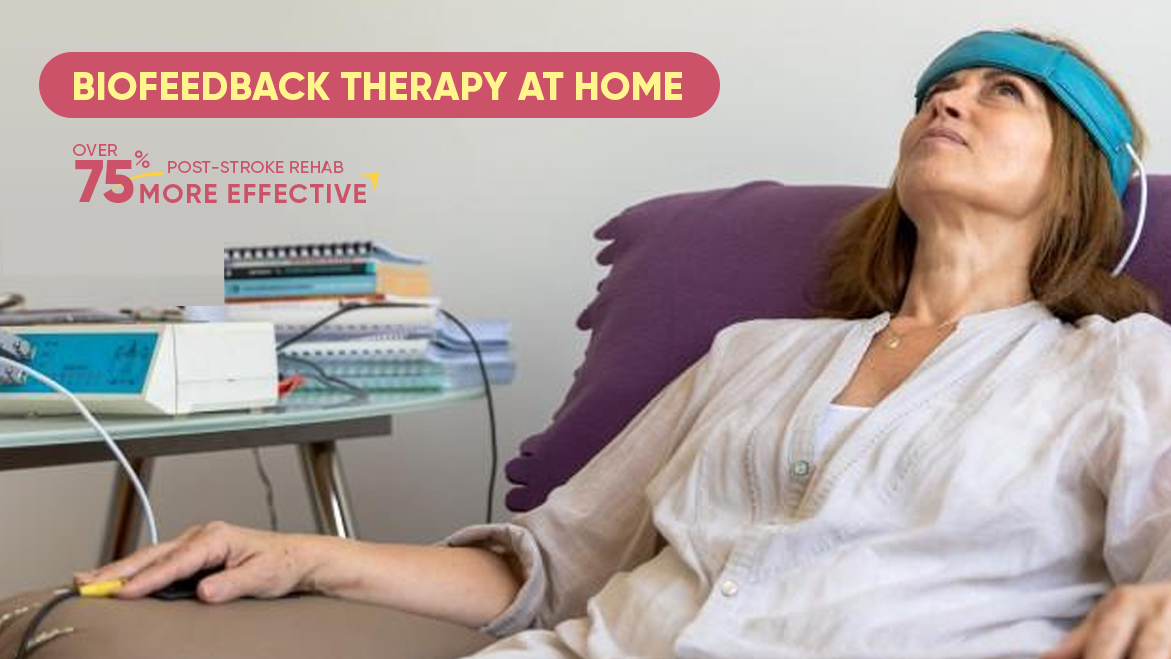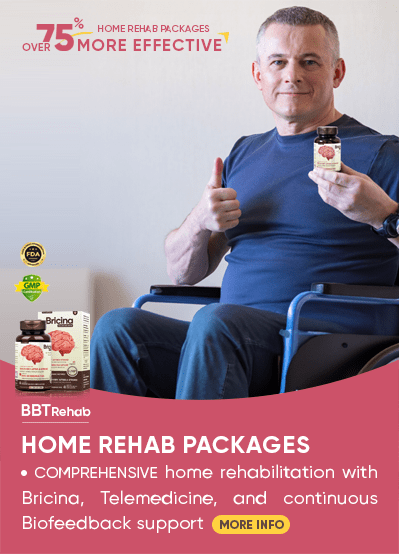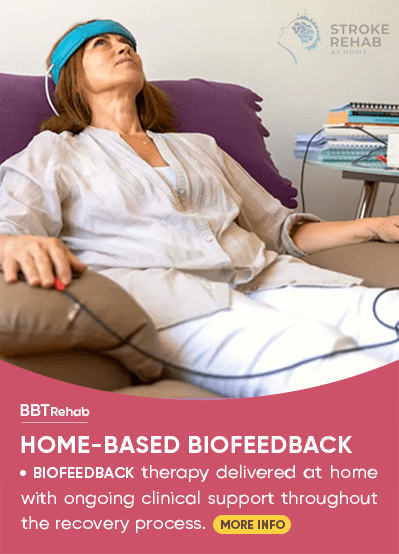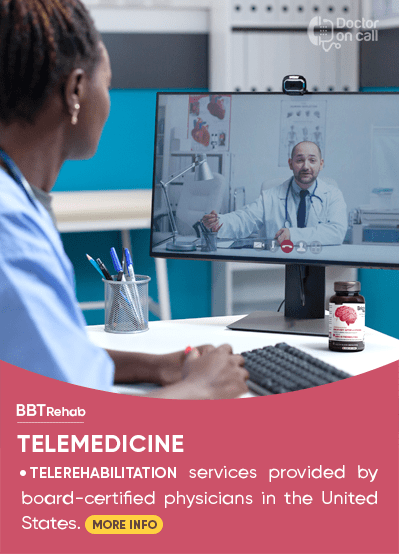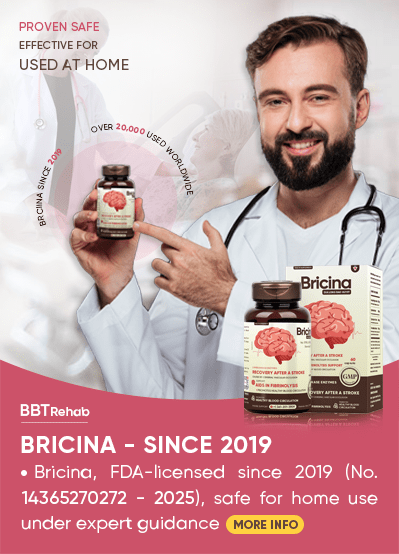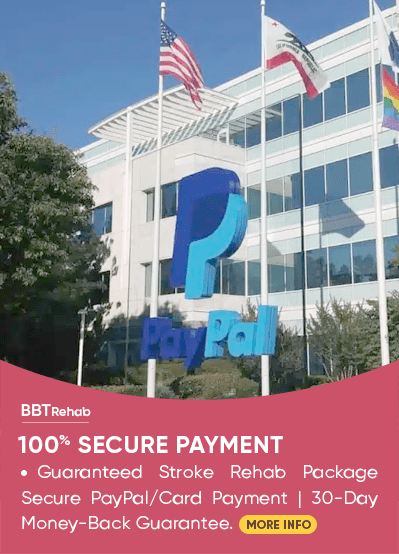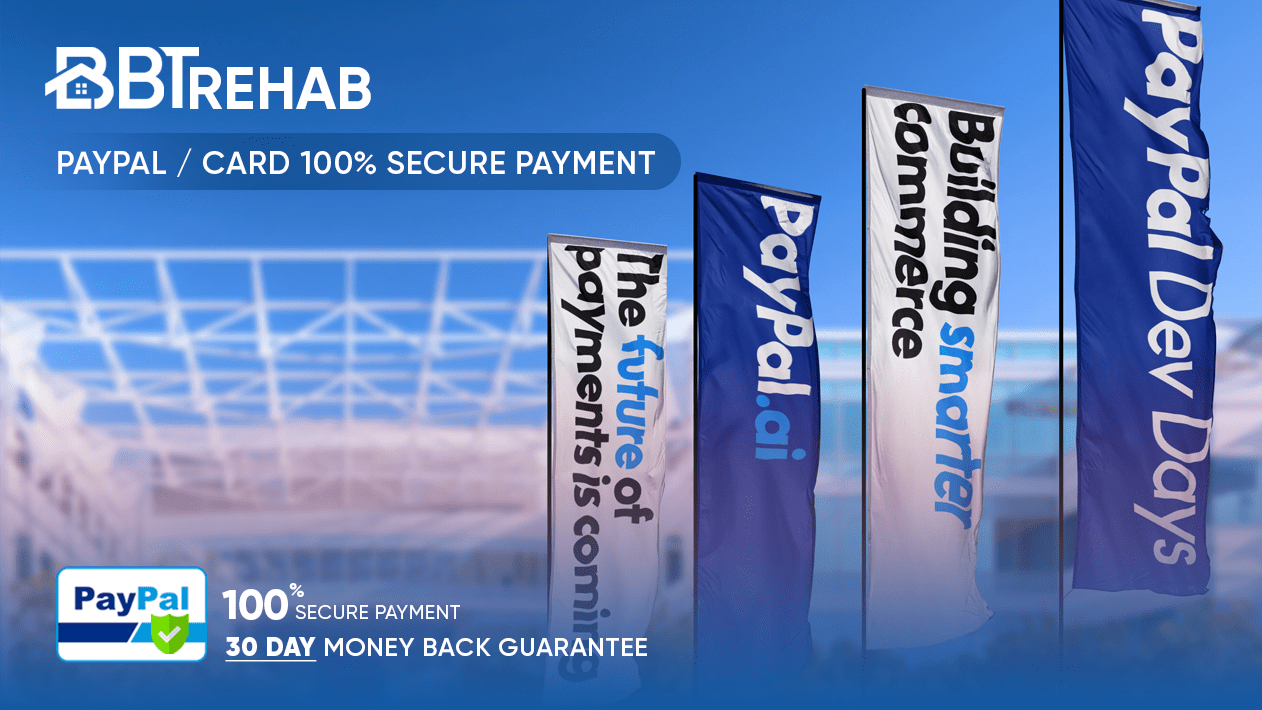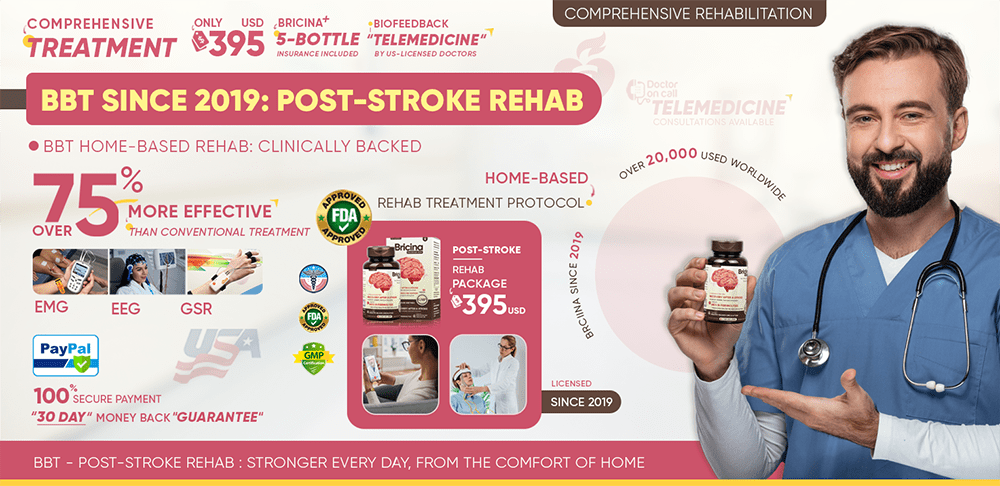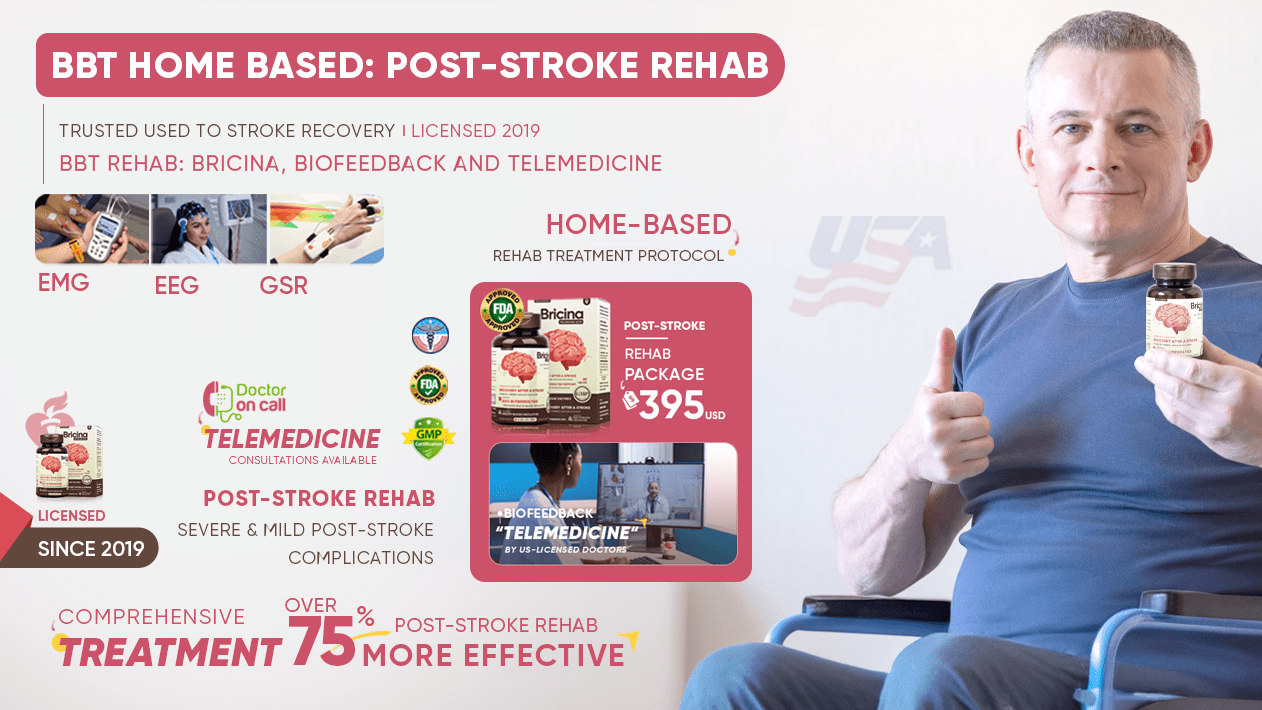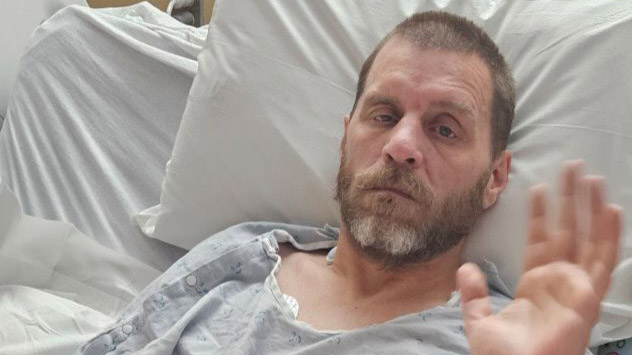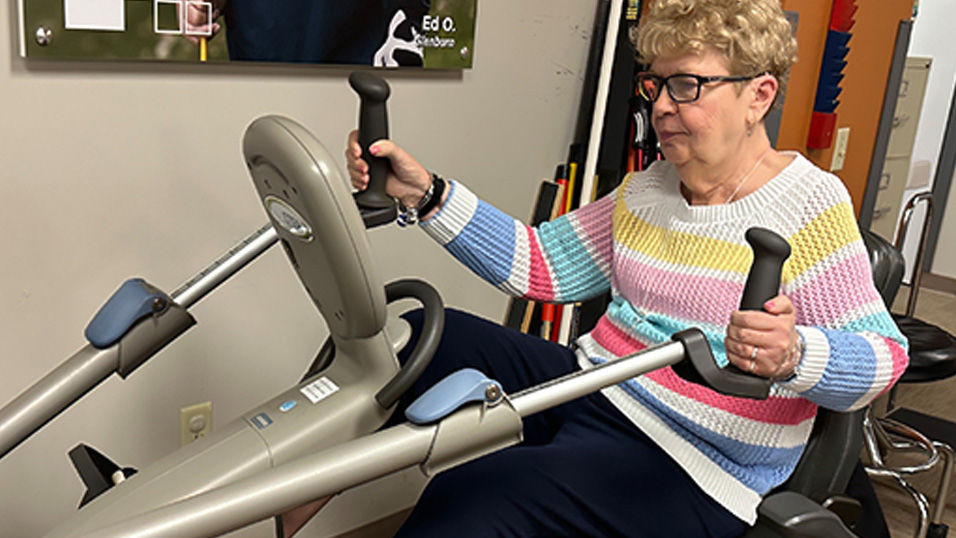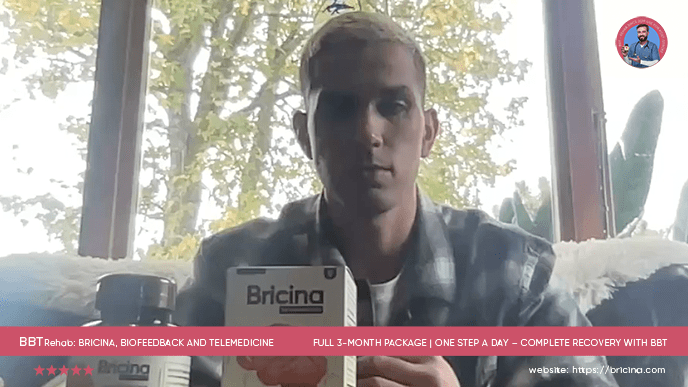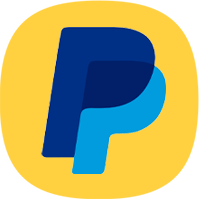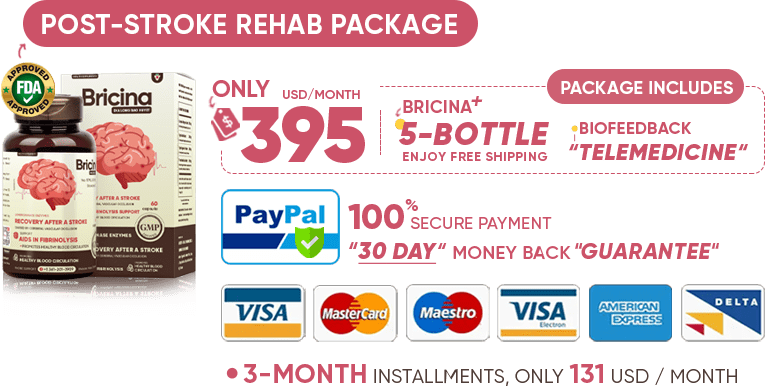Biofeedback is a scientifically validated technique that uses sensors to measure physiological functions (such as muscle activity, brain waves, or heart rate) and provides patients with real-time visual or auditory feedback. By observing these signals, patients can actively regulate their body functions, improve motor control, and accelerate neurological recovery.
Multiple randomized controlled trials (RCTs) and meta-analyses have confirmed the effectiveness of biofeedback in stroke rehabilitation:
-
Traditional Rehabilitation
Effectiveness: ~40–50% functional recovery in 6 months
Cost: $800–1,200/month
Key Features:
- Hospital-based
- Limited access to specialists
- Requires frequent travel
-
Biofeedback Rehabilitation (Phục hồi với Biofeedback)
Effectiveness: 65–75% functional recovery in 3–6 months
Cost: $395/month (via BBT Rehab)
Key Features:
- Home-based, safe & convenient
- Real-time feedback & monitoring
- Telemedicine with US-licensed doctors
BBT Rehab combines Bricina, with biofeedback and telemedicine monitoring. This integrated approach enhances motor recovery, prevents complications, and provides continuous supervision by US-licensed physicians.
Price: 395 USD/month, recommended for 3 months of treatment.
"Biofeedback is a clinically proven, effective, and safe method for stroke rehabilitation. When integrated into the BBT Rehab program (only $395/month), it provides superior recovery outcomes, affordable cost, and the security of PayPal payment with a money-back guarantee.
-
Upper-limb functional gains
Details: EMG-biofeedback improves short-term motor control and hand/wrist function compared to usual care.
Notes / References: Meta-analyses & RCTs
-
Improved gait mechanics
Details: Real-time gait and visual biofeedback corrects abnormal walking patterns after stroke.
Notes / References: Clinical gait studies
-
Enhanced muscle activation
Details: sEMG feedback increases activity and strength in weak muscles (e.g., hand extensors, ankle dorsiflexors).
Notes / References: Electromyography trials
-
Dysphagia improvement
Details: Biofeedback combined with swallowing therapy enhances swallowing function and quality of life.
Notes / References: Swallowing rehabilitation RCTs
-
Home-based & telerehabilitation support
Details: Biofeedback programs improve accessibility, usability, and patient engagement in telehealth settings.
Notes / References: US telerehab studies
-
Short-term evidence stronger
Details: Benefits are clear in short-term; long-term effects remain inconsistent or limited.
Notes / References: Systematic reviews
-
Best as adjunct therapy
Details: Works most effectively alongside conventional PT/OT, not as a standalone replacement.
Notes / References: Rehab practice guidelines
-
Growing adoption in the US
Details: Use is expanding in clinics and telehealth, but outcomes vary due to devices, protocols, and training.
Notes / References: Implementation reports
When integrated into the BBT Rehab program, biofeedback enhances recovery by providing real-time motor control training and objective progress tracking.
This combination has been shown to achieve greater functional improvement than conventional therapy alone, while remaining cost-effective and accessible through home-based and telemedicine models.


